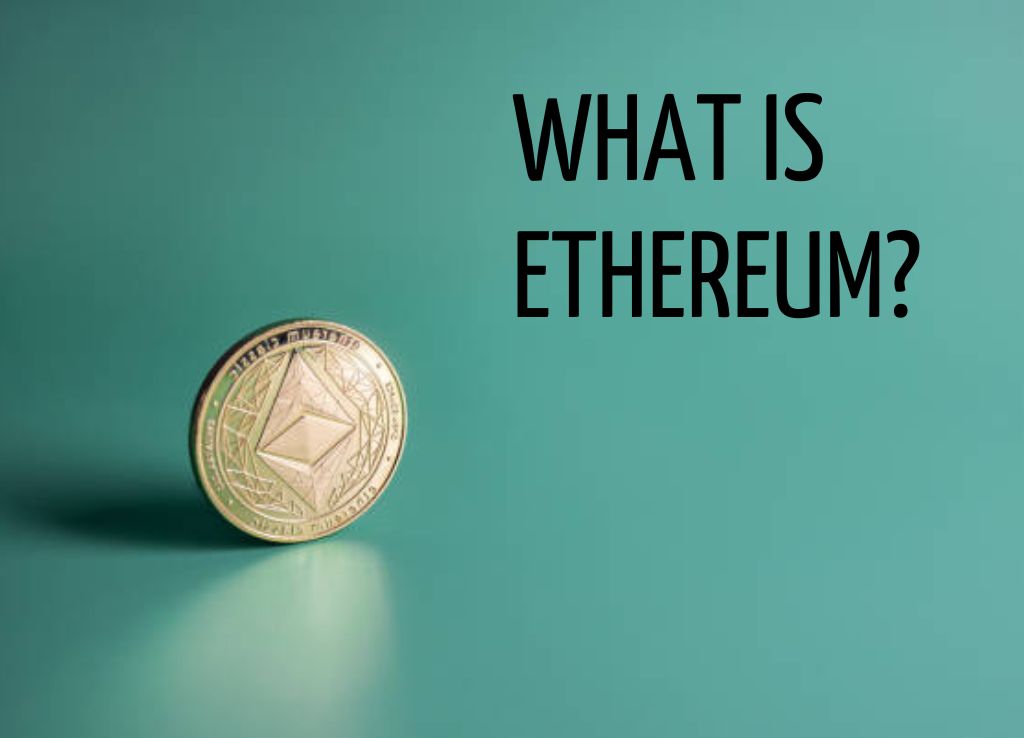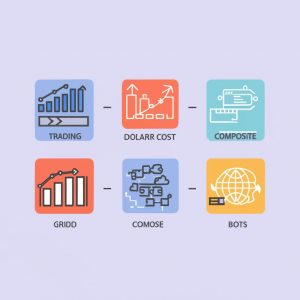What is Ethereum?

Ethereum is a distributed public blockchain network that features smart contract functionality. It is a platform that enables developers to build decentralized applications (dApps) on top of it. Ethereum is the second-largest blockchain network by market capitalization, after Bitcoin.
The native cryptocurrency of the Ethereum network is called ether (ETH). ETH is used to pay transaction fees and gas costs.
Ethereum was proposed in 2013 by Vitalik Buterin, a Russian-Canadian programmer. He was later supported by a team of developers including Gavin Wood and Joseph Lubin. The Ethereum network went live on July 30, 2015.
Since its launch, Ethereum has seen tremendous growth in both its price and its ecosystem. There are now thousands of decentralized applications running on Ethereum, and the network is being used by major corporations and financial institutions such as JPMorgan Chase, Microsoft, and Samsung.
Ethereum has also been involved in a number of high-profile hacks and heists, which have led to the loss of millions of dollars worth of ETH. Despite these challenges, Ethereum remains the leading platform for decentralized applications and is expected to see continued growth in the years to come.
What is the difference between Ethereum and Bitcoin?
While both Ethereum and Bitcoin are decentralized networks that aim to disrupt traditional financial systems, there are a few key differences between the two.
Bitcoin is primarily a payment network, while Ethereum is a platform that enables the development of decentralized applications.
Ethereum has a Turing-complete programming language, which allows developers to build more complex decentralized applications. Bitcoin, on the other hand, has a limited scripting language that is used mainly for payments.
Ethereum also has a much faster block time than Bitcoin. This means that transactions on the Ethereum network are confirmed more quickly.
Finally, Ethereum has a higher coin supply than Bitcoin. While there will only ever be 21 million BTC in existence, there is no maximum supply of ETH.
What can Ethereum do?
The Ethereum network enables the development of decentralized applications or dApps. A dApp is an application that runs on a decentralized network.
Because dApps are built on Ethereum, they can take advantage of the platform’s features such as smart contracts and tokenization.
This allows developers to create a wide range of applications, from financial services to games and social networks.
Ethereum is often referred to as the “world computer” because of its ability to run dApps. This is because dApps are not limited by geographical boundaries or centralized servers.

I am Virginia Azure, a cryptographer and cypherpunk. I discovered my love of codes at an early age and have been hooked ever since. I started out by cracking the simple substitution ciphers used in grade school, but quickly moved on to more complex systems.
At 35 years old, I am one of the youngest cryptography experts in the world. My work has brought me international acclaim, and I have been featured in various publications and media outlets. My ultimate goal is to help usher in a new era of online privacy and security for all people.




